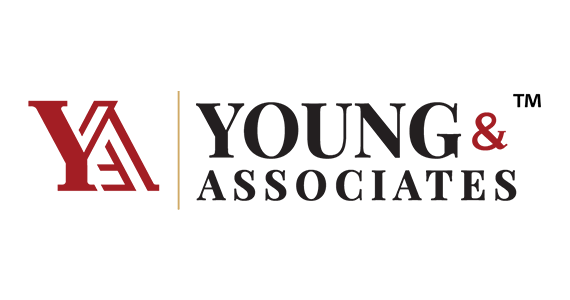Succession Planning – The Key to Remaining Independent
By: Bob Viering, Senior Consultant and Manager of Lending Services
For many community banks today, remaining independent is the number one strategic priority. There are many reasons boards believe remaining independent is important: the board believes that the shareholders’ investment will be maximized over a longer time horizon; that the bank as an independent local bank can best serve the needs of the community; that the employees as a whole will be far better served (and have jobs) by remaining independent. These are all reasonable and sincere reasons.
So, if staying independent is important, why are an increasing number of banks selling today? One of the biggest reasons that banks sell is that the board is not confident that there is anyone ready to take over management of the bank. Developing a successor internally is a multi-year process to groom a talented individual to learn enough about the day-to-day responsibilities and skills needed to manage a bank successfully. Hiring a new CEO externally sounds easy, but to find that right person that not only has the skills and background to succeed and also can fit in the community and, most importantly, the bank’s culture can be a very challenging process, especially if you are in a rural community. If something happens that the CEO role is suddenly open, or the CEO decides to retire in a year or less, all too often there is not enough time to find that right person, and the easier decision is to sell while the bank is still running smoothly.
It sounds like having a plan on how the CEO position will be filled is the answer. We’ve seen very simple plans that are a few short paragraphs that basically say, “Joe and Mary can run the bank in the interim. If one of them is not the right person, we’ll just hire someone.” Even for a very small bank, it’s almost never this easy. Even if you believe one of the top managers has the “right stuff” to be the next leader, have you thought about what skills they may need to develop to be ready? Have they had any real experience leading a group or an important project that gives you confidence they can run the place? Can you picture that person standing up in front of your shareholders? Or representing your bank to regulators? Or allowing your other key employees to operate successfully? Can they run the bank when times get tough (and they always do)? If you answered positively to these questions, do you have a plan, with timeframes, to provide the types of training and experience so that they will be ready to take over?
Even if you are confident you have the right person to take over, or you start early enough to recruit your next leader, what about the next level of management? Are they ready to step up when Joe or Mary ascends to the top spot? Do you have a plan to develop that next level of management? As you step through the layers of your organization, it often becomes clear that there are other key employees that would impact your ability to run the bank smoothly if they leave. What do you do if your head of IT leaves? Is there a replacement? Can the functions be outsourced? Every organization has those key people; they may not even be mangers that are critical to the operation. What’s your plan if they are gone one day?
If you may be facing the expected change at the CEO level and you have other key people that are in sight of retirement, selling can seem like a simple, expedient solution. The key to not being backed into a corner when retirements occur, or when a key person leaving is a threat to the successful operation of the organization, is having a well thought out succession plan. A successful plan has the following elements: it identifies those key individuals in the bank needed to run the organization successfully; it identifies the skills and training needs for those individuals that have the ability to be promoted to more responsible positons, even the CEO role; it has a written plan with timelines for preparing the individual for that next step; and it is updated at least annually to verify that the plan is still the best plan for the bank and that the individuals are progressing as expected.
If you truly want to remain independent, then you must take the time, and it will take time, to develop a meaningful succession plan. Well done, it will take months to develop and time to groom and coach that next level of talent, to review and update your plan as required.
At Young & Associates, Inc. we are committed to the idea that we are all best served by having strong, well-run community banks. If you would like help in developing your succession plan or would like a critical eye to review your existing plan, reach out to us: we’ve got community banking’s back. To contact me, give me a call at 330.422.3476 or send an email to bviering@younginc.com.

